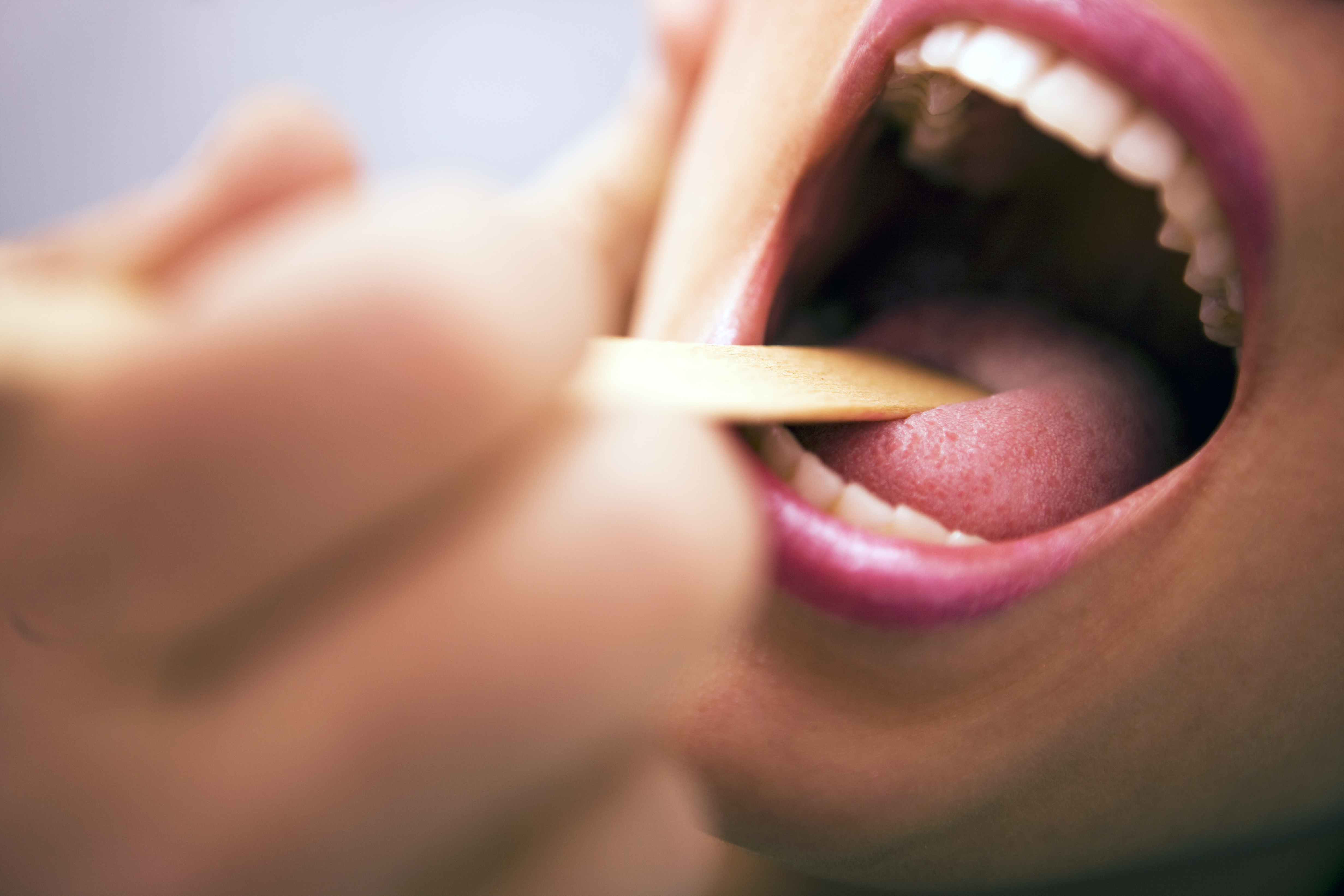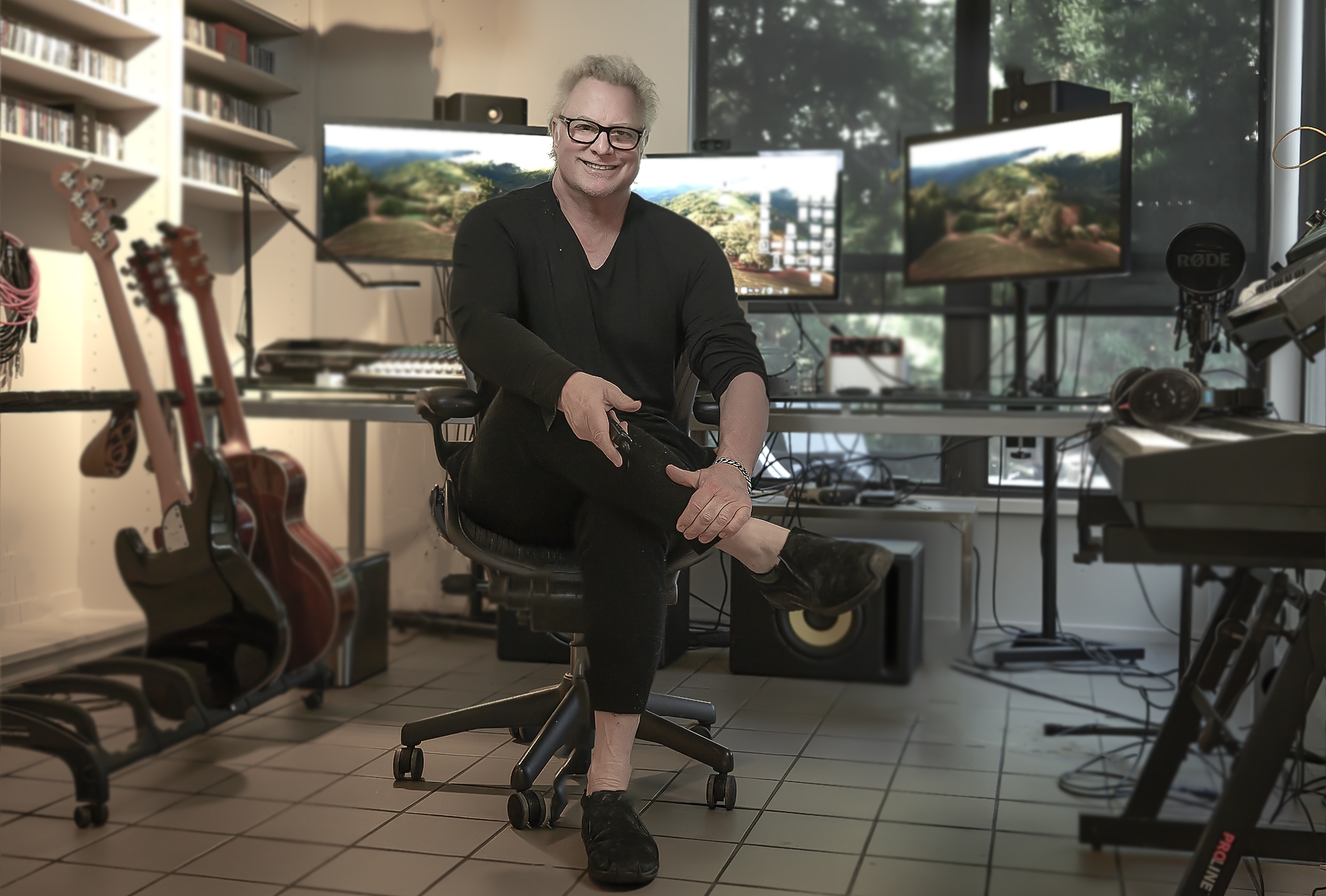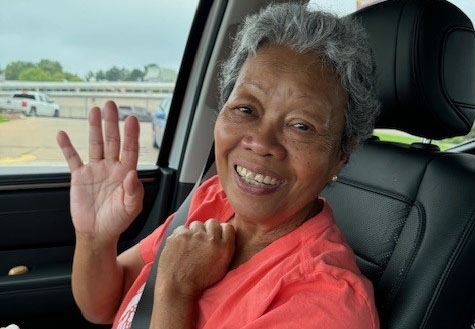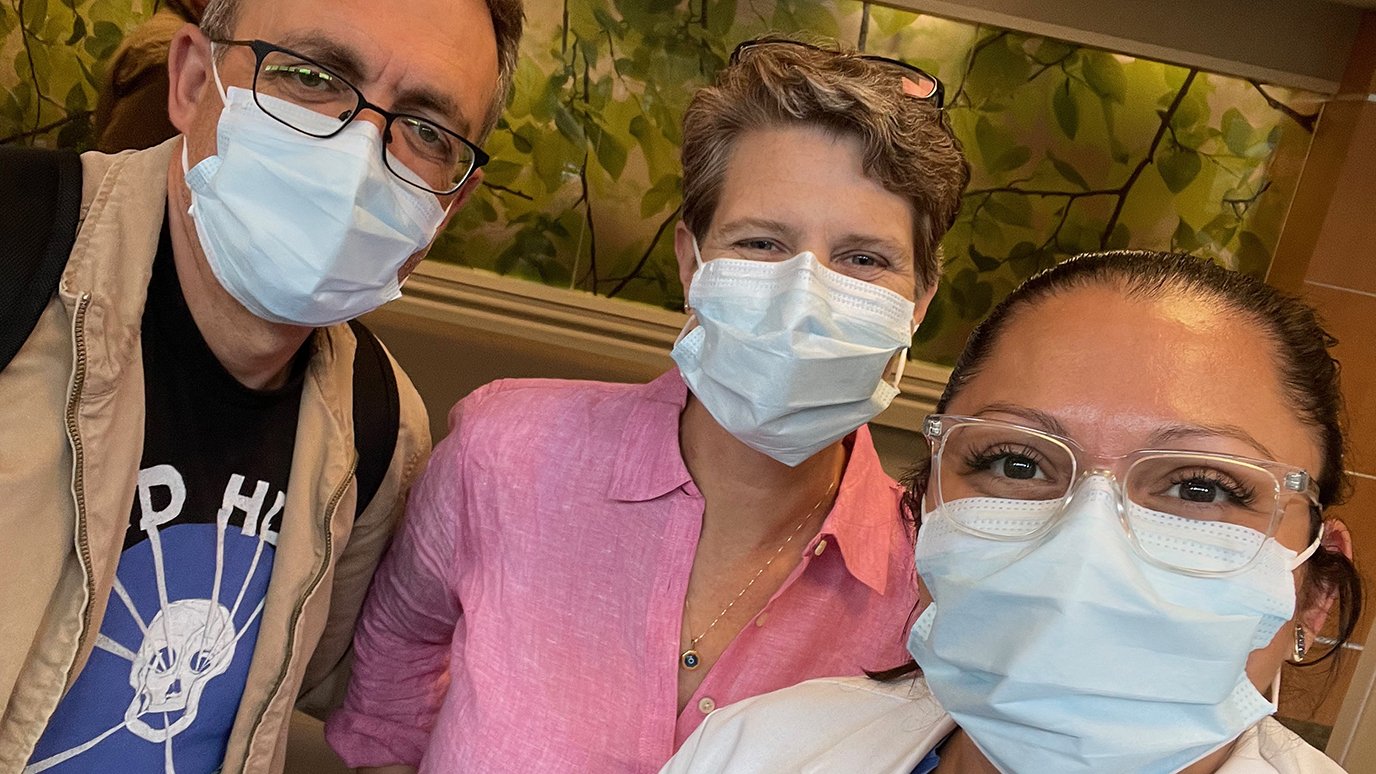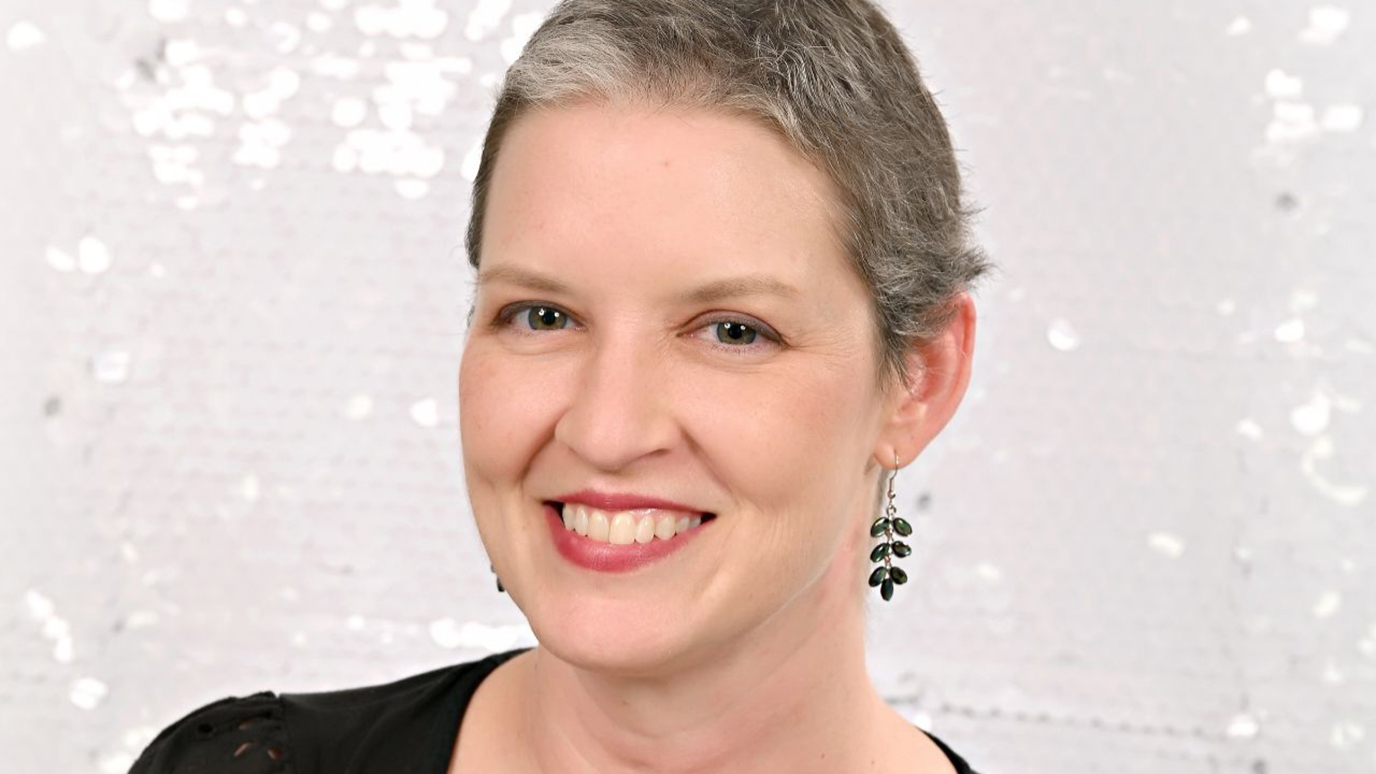- Diseases
- Acoustic Neuroma (14)
- Adrenal Gland Tumor (24)
- Anal Cancer (68)
- Anemia (2)
- Appendix Cancer (16)
- Bile Duct Cancer (26)
- Bladder Cancer (72)
- Brain Metastases (28)
- Brain Tumor (232)
- Breast Cancer (714)
- Breast Implant-Associated Anaplastic Large Cell Lymphoma (2)
- Cancer of Unknown Primary (4)
- Carcinoid Tumor (8)
- Cervical Cancer (158)
- Colon Cancer (166)
- Colorectal Cancer (116)
- Endocrine Tumor (4)
- Esophageal Cancer (44)
- Eye Cancer (36)
- Fallopian Tube Cancer (8)
- Germ Cell Tumor (4)
- Gestational Trophoblastic Disease (2)
- Head and Neck Cancer (12)
- Kidney Cancer (128)
- Leukemia (342)
- Liver Cancer (50)
- Lung Cancer (286)
- Lymphoma (278)
- Mesothelioma (14)
- Metastasis (30)
- Multiple Myeloma (100)
- Myelodysplastic Syndrome (60)
- Myeloproliferative Neoplasm (4)
- Neuroendocrine Tumors (16)
- Oral Cancer (100)
- Ovarian Cancer (172)
- Pancreatic Cancer (160)
- Parathyroid Disease (2)
- Penile Cancer (14)
- Pituitary Tumor (6)
- Prostate Cancer (146)
- Rectal Cancer (58)
- Renal Medullary Carcinoma (6)
- Salivary Gland Cancer (14)
- Sarcoma (238)
- Skin Cancer (296)
- Skull Base Tumors (56)
- Spinal Tumor (12)
- Stomach Cancer (64)
- Testicular Cancer (28)
- Throat Cancer (92)
- Thymoma (6)
- Thyroid Cancer (96)
- Tonsil Cancer (30)
- Uterine Cancer (80)
- Vaginal Cancer (16)
- Vulvar Cancer (20)
- Cancer Topic
- Adolescent and Young Adult Cancer Issues (20)
- Advance Care Planning (10)
- Biostatistics (2)
- Blood Donation (18)
- Bone Health (8)
- COVID-19 (362)
- Cancer Recurrence (120)
- Childhood Cancer Issues (120)
- Clinical Trials (630)
- Complementary Integrative Medicine (22)
- Cytogenetics (2)
- DNA Methylation (4)
- Diagnosis (232)
- Epigenetics (6)
- Fertility (62)
- Follow-up Guidelines (2)
- Health Disparities (14)
- Hereditary Cancer Syndromes (126)
- Immunology (18)
- Li-Fraumeni Syndrome (8)
- Mental Health (116)
- Molecular Diagnostics (8)
- Pain Management (62)
- Palliative Care (8)
- Pathology (10)
- Physical Therapy (18)
- Pregnancy (18)
- Prevention (914)
- Research (392)
- Second Opinion (74)
- Sexuality (16)
- Side Effects (604)
- Sleep Disorders (10)
- Stem Cell Transplantation Cellular Therapy (216)
- Support (402)
- Survivorship (320)
- Symptoms (182)
- Treatment (1786)
Cancer survivor summits highest point in contiguous U.S.
BY Judd Woehrle
5 minute read | Published January 22, 2025
Medically Reviewed | Last reviewed by Jennifer Wang, M.D., and Anna Lee, M.D., on January 22, 2025
I started mountaineering during my time in the Air Force in my 20s. I love being outdoors and going places that most people aren’t able to. I drifted a bit from mountaineering after getting married, starting a corporate job and having my two kiddos. But after my son graduated high school, we climbed Grand Teton together, which re-sparked my love for mountaineering.
In March 2023, I attempted to summit Mount Whitney – the highest summit in the contiguous United States – with a few of my buddies from the Air Force. I was in probably the best shape I had been in the 20 years before that. But unfortunately, my group had to turn around due to weather and snowfall, so we didn’t complete our summit attempt.
Just before my trip, I had made an appointment with a doctor about a painless lump on the side of my neck. I thought it was a swollen gland, but it wasn't going away and didn't feel right. My doctor referred me to an ENT, who ordered a needle biopsy. When the results came back, I was diagnosed with cancer.
My diagnosis came out of the blue. I went from thinking ‘Oh my goodness, this can't be real,’ to ‘Oh my goodness, I need a plan.’
Choosing MD Anderson for my tonsil cancer treatment
My family was living in San Antonio at the time, and, unfortunately, the doctors that I had there were not able to give me the speed of treatment that I desired. My wife of 27 years, Heather, is a cancer survivor herself. She reached out to MD Anderson, and within a week of her first phone call, I was in Houston to see a variety of oncologists and specialists.
My team at MD Anderson made me feel like they understood my situation. They were confident, caring and compassionate from day one. Those first consultations gave me confidence that they understood and had experience treating the type of cancer I had, which was determined to be squamous cell carcinoma of my left tonsil.
Over the course of five months, I underwent surgery under the care of Jennifer Wang, M.D., Ph.D., and 30 days of proton therapy with Anna Lee, M.D.
Ultimately, if I had pursued care in San Antonio, I would have had my first appointment after I already had surgery at MD Anderson.
Staying active during treatment
My care team also reminded me that I still have a life to live outside of the hospital. While I was in Houston, I joined a gym and continued working out. My team supported that. They told me that I may feel weak and tired, but it was OK to get out and keep moving if I felt up to it. That support allowed me to have something to look forward to every day. As humbling as it was, working out helped me keep my head in the right space.
Throughout treatment, one thing I always kept in the back of my mind was: ‘Let's get back to doing what I love to do.’ Mountaineering in high alpine environments can be very physically demanding, so during some of the darker times throughout treatment, doubt did creep in. It was hard to envision ever being able to return to some of the environments and physical challenges that I’d enjoyed before my diagnosis.
What gave me strength was my MD Anderson team reminding me to be patient with my recovery. By nature, I'm not a terribly patient guy. But listening to them and trusting the process allowed me to get back to pretty much all of the things that I loved before my diagnosis.
Returning to Mount Whitney
I completed tonsil cancer treatment in July 2023. I wanted to get back to mountaineering quickly, so the next month, I did an expedition to Mount Rainier. This was a bit too quickly. Between fatigue and side effects from my treatment, I made it half a day before I had to turn around. It was incredibly frustrating and discouraging, but I tried to remind myself of the guidance from my care team to be patient and let my body recover.
I spent months regaining my strength and training. Then, in May 2024, I returned to Mount Whitney.
During this attempt, I had a few treatment-related side effects. My saliva was thicker, and I dealt with some cramping in my neck triggered by carrying a 50-pound pack loaded with everything I needed to be self-sustaining and safe in the mountains. It was also important for me to make sure I had plenty of food and fluid. But, by and large, I was able to effectively manage all of the symptoms related to treatment, which is a blessing.
Much like my first summit attempt, this trip had very challenging conditions due to an incoming snowstorm. But this time, we summited successfully. We even made what was supposed to be a three-day climb in two days to beat the storm.
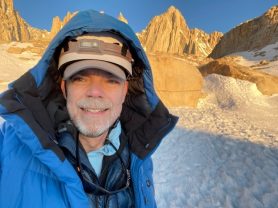
Summiting was an incredible experience and pretty emotional. I didn't think I would be able to get back to something I love so much, so to be able to do that and give myself the confidence that I'm through this and back to doing the things I love was extraordinarily gratifying. To overcome everything I’d been able to – not just on that summit attempt, but also the most trying portion of my life – was tremendously rewarding.
Ready to get livin’ again
What's next for me is to get livin’ again. After I completed my cancer treatment, my wife and I relocated to Colorado, which has been one of our long-term dreams. We are excited to enjoy the outdoors whether that be rock climbing, skiing or climbing some of the larger mountains in Colorado on the weekends and our days off. While eventually I hope to summit Mount Rainier, I don’t have my next mountaineering trip planned. But that doesn’t mean I won’t be up on the high mountains soon!
I tell people that cancer was a detour in my life, but it’s also given me perspective like not to sweat the small stuff and to appreciate moments with families and loved ones. I’m continuing to chase goals and dreams because they're there again after I felt like they were lost.
Now, my dream is to continue to live a happy, healthy, fulfilling life. I want to surround myself with friends and family, make good memories, appreciate the small things, and look forward to seeing my grandkids and great-grandkids down the road. The future's bright, and, for that, I will be eternally grateful for the team at MD Anderson.
Request an appointment at MD Anderson online or call 1-833-994-0608.
Related Cancerwise Stories
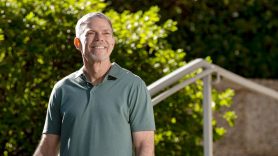
I’m continuing to chase goals and dreams because they're there again.
Judd Woehrle
Survivor

